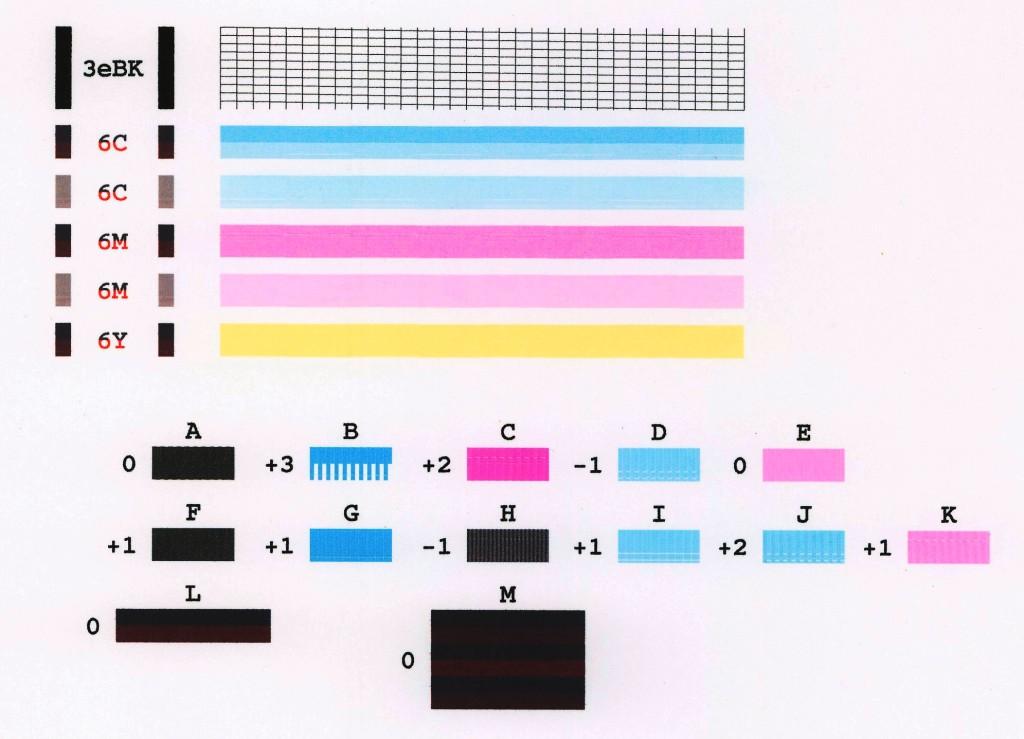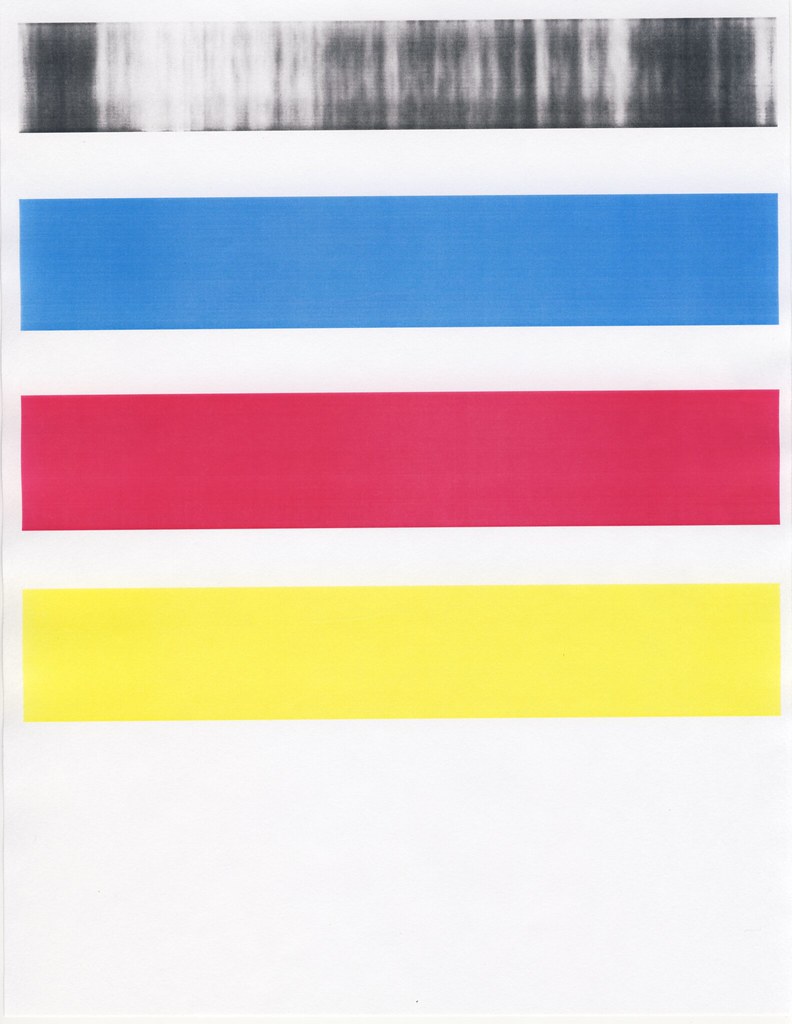
Although these devices might be more expensive than inkjets, it usually costs less to fuel them since toner powder is cheaper and lasts longer too.(Added 2015) Some of the documents that we previously received through FOIA suggested that all major manufacturers of color laser printers entered a secret agreement with governments to ensure that the output of those printers is forensically traceable. The laser beam is also able to draw more precisely without spilling excess ink. Since lasers can move extremely quickly, they’re usually faster at moving than an inkjet printer. Thanks to the fact that it’s powder based, it’s normally cheap to ship, store, and use. It’s essentially a mixture of plastic, carbon, or polyester particles, combined with colouring agents, which comes in cylinders. Instead they tend to use toner which is a fine, dry powder.

Unlike inkjet printers, laser printers don’t use traditional ink. The particles are then fused to the paper and the page is spat out of the printer.Paper passes near the drum, causing the negatively charged toner particles to be attracted onto the page.An ink roller coats the drum with toner which begins sticking to the drum.The negatively charged areas are where the toner particles stick to the drum to then be transferred onto paper.This creates an outline of what you’re printing Where it hits the drum, the positive charge changes to negative. The laser is activated, beamed to various mirrors and reflected across the drum’s surface.This causes the drum unit to be positively charged The wire is heated and passes an electrical charge to the drum unit.The printer needs to warm up and reached a specific temperature in order to heat the wire.

If that’s too much to take in, we’ve summarised the process below: This ends up creating a printer copy of the digital image or document that a user sent to be printed. Then, a sheet of paper is slotted underneath the toner-coated drum which spreads the toner onto its surface.

Toner is made up of microscopic ink particles which will stick to these negatively charged areas of the drum. A toner roller is passed over the drum, causing toner particles to stick to the areas which are negatively charged.


 0 kommentar(er)
0 kommentar(er)
